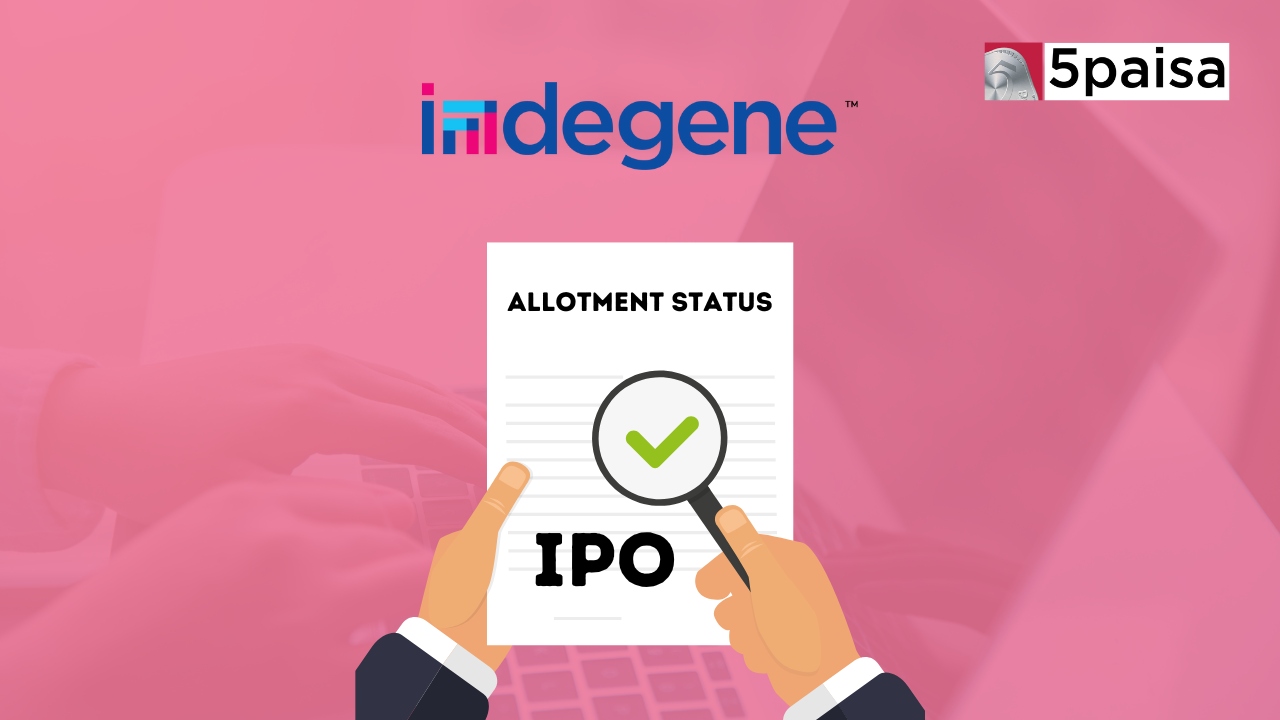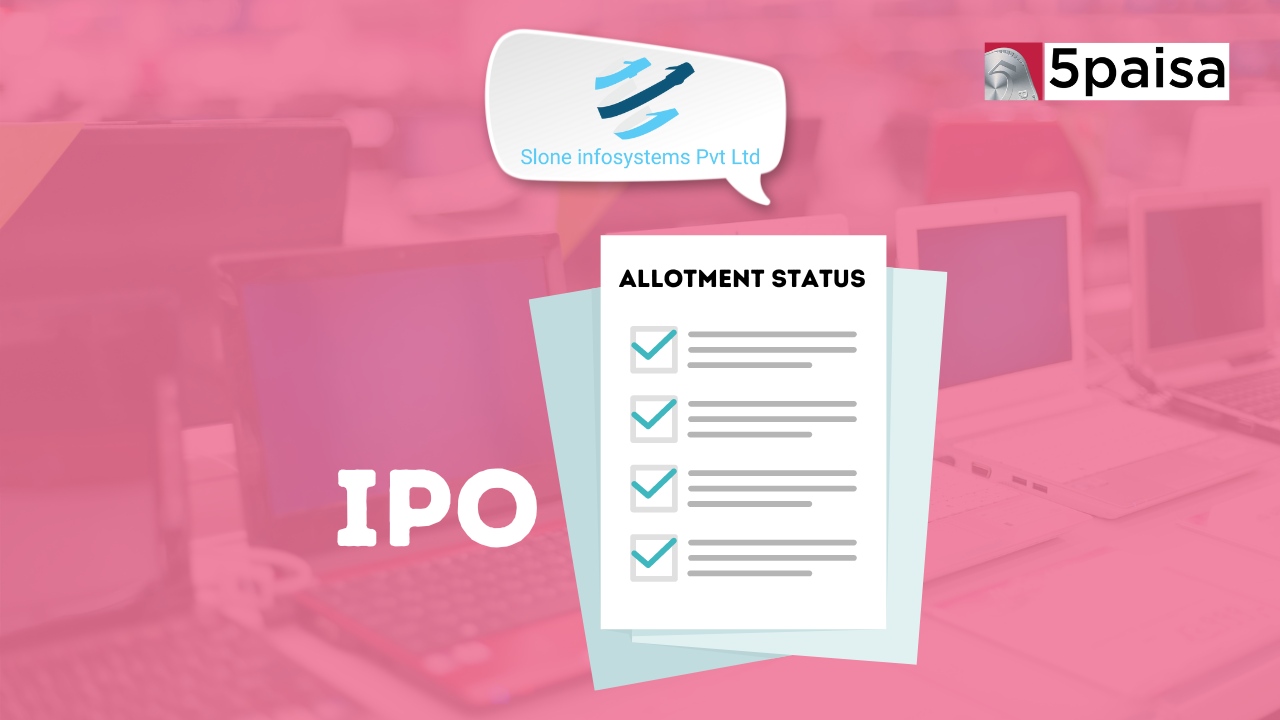
What are SEBI’s new guidelines on IPO fundraising and what does it mean for retail investors?
Amid 2021’s IPO frenzy which saw the listing of 60+ fresh IPOs, SEBI, the regulating body for Indian capital and commodities market amended various rules for IPOs in a move to protect interests of retail and non-institutional investors.
Let’s look at the major amendments passed in SEBI’s board meeting on 28-Dec and what does it mean for the investors and issuers. All the given guidelines are going to be applied to the upcoming IPOs:
1. Increased transparency on objective of the issue -
According to the new rule, companies raising money for inorganic growth objectives will have to specify acquisition or investment targets clearly, if they are unable to specify the targets, the amount reserved for acquisitions/ investments cannot exceed 25% of the total amount raised.
In addition to this, combined total for inorganic growth and general corporate spending cannot exceed 35% of the total amount raised.
How does it help investors?
According to market analysts, many companies were taking benefit of the IPO frenzy, and even in the absence of specific requirements were raising money owing to the bullish secondary market and high demand for IPOs. Now companies eyeing IPO fundraising cannot be vague about usage of funds.
2. Increased lock in period for anchor investors -
Anchor investors can sell only 50% of the investments after 30-day lock-in, for selling remaining 50% anchor investors will have to wait 90 days.
How does it help investors?
Many IPO bound companies were allotting shares to anchor investors to ensure higher traction for the IPO; option to exit after 30-day lock in and bull run of IPOs provided a safety net to the anchor investors. This led to sharp dip in share prices of recently listed companies once 30-day lock in was over. Anchor investors will have to be more cautious since 50% of their investment will be locked for 90 days going forward.
3. Separate sub-categories within NII category -
One-third of the portion available to NIIs will be reserved for application size between Rs.2-10 lakhs. Rationale for this is to create a sub-category for investors who are not small enough but doesn’t fit the tag of HNI either.
With NII category oversubscription ranging upto 900X, it was nearly impossible for investors in the category INR 2-10 lacs to receive any allotment. This move will reduce the edge that big HNIs due to their ability to borrow heavily and bid.
4. Restriction on Offer for Sale -
According to new SEBI rule, existing shareholders owning more than 20% of pre-issue cannot sale more than 50% of their holding and shareholders with less than 20% pre-issue holding cannot sale more than 10% of their holding.
It was observed that, many IPO bound companies were not in requirement of funds for business reasons, but it was more of an exit opportunity for promoters and existing shareholders, especially private equity and venture capital funds. These IPOs were being offered at very high valuations; early investors were gaining at the cost of IPO investors.
5. Minimum price band for book-built issues -
Going forward, upper price band has to be minimum 105% of the lower price band, which means if the lower price band is Rs.1,000 upper price band has to be minimum Rs.2,050. SEBI’s aim here is to ensure proper price discovery. Till now, price discovery rules were being followed only on paper not in practice, most of the IPOs, even the ones which listed at a discount were allotted at upper price band.
Paytm had a price band of Rs.2,080-2,150 but shares were allotted at Rs.2,150; Paytm got listed at 27.25% discount at a listing price of Rs.1,564. A wider price band will ensure proper price discovery and companies will be forced to price their issues more realistically.
6. Pricing of preferential share issue -
Floor price for preferential share issue will be maximum of volume weighted average price (VWAP) for past 10 trading days and past 90 trading days. Major reason for this amendment is to ensure companies do not issue cheap shares to preferred investors in quid pro quo arrangements which is often at the cost of minority shareholders.
7. Monitoring and reporting on utilization of IPO proceeds -
Credit rating agencies registered with the board, will now be permitted to act as monitoring agency instead of Scheduled Commercial Banks and Public Financial Institutions.
This monitoring will continue till 100% utilization of the fund, also amount raise for general corporate spending will be in the purview of monitoring agency report. This move is aimed to curb the misuse of funds raised for IPOs
All these amendments passed during SEBI’s board meeting on 28-Dec have been welcomed by market analysts and is expected to benefit retail and minority shareholders.
 Tanushree Jaiswal
Tanushree Jaiswal



